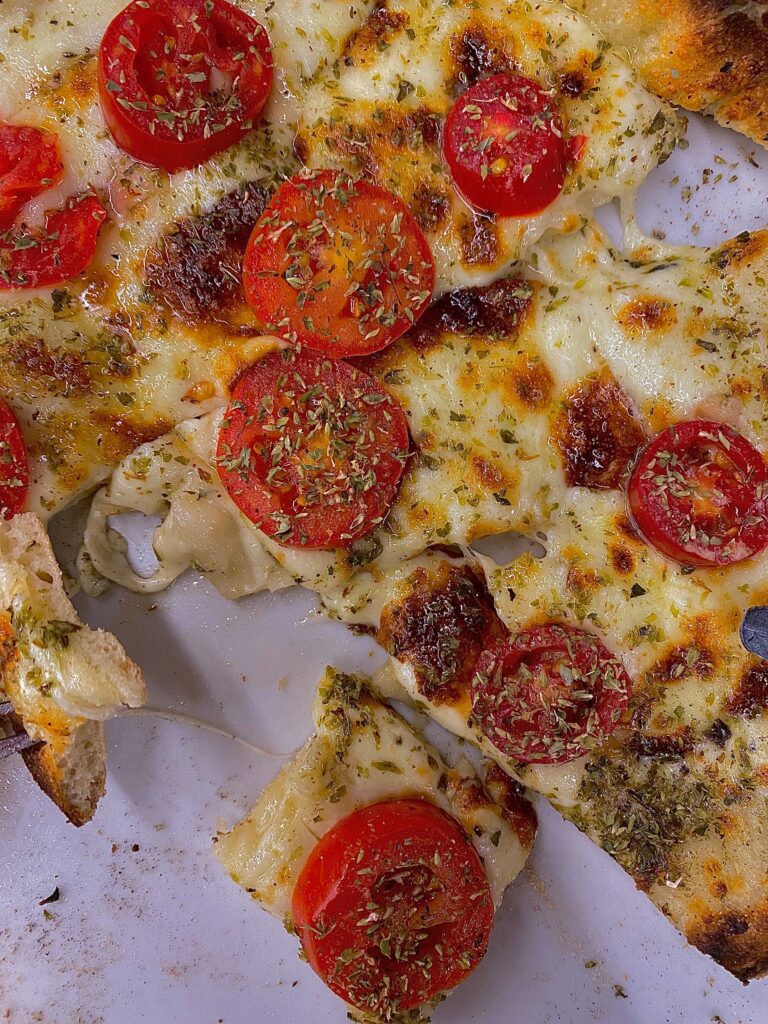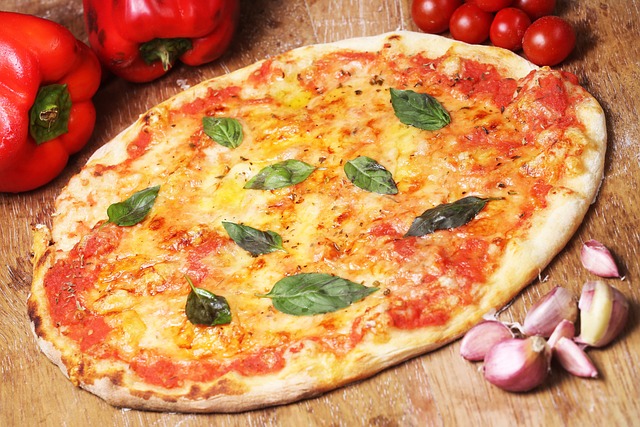Exploring Classic Italian Pizza Dough Recipes: Secrets to a Perfect Crust
Are you looking to create the perfect Italian pizza crust? Look no further! This article will take you through the rich history of Italian pizza dough recipes. Discover the traditional ingredients and techniques to achieve that authentic taste and texture. We will explore regional variations that add unique flavours to this beloved dish.
Get ready to learn tips and tricks for achieving a perfectly crispy crust that will have your taste buds thanking you.
The History of Italian Pizza Dough Recipes
Are you curious about the history of Italian pizza dough recipes? Let’s take a trip back in time to uncover the origins and evolution of this beloved culinary tradition.
Pizza dough, as we know it today, can be traced back to ancient Rome. The Romans were known for their flatbreads topped with olive oil and local herbs.
However, it wasn’t until the 18th century in Naples that the modern pizza we adore was born. Neapolitan bakers began experimenting with different toppings and techniques, ultimately perfecting the art of creating a thin and crispy crust.
Over time, Italian pizza dough recipes have continued to evolve, influenced by regional variations and international flavours.
Today, these historic recipes remain at the heart of every delicious slice enjoyed worldwide.
Traditional Ingredients for Authentic Italian Pizza Dough
You’ll want to use traditional ingredients when making your Italian pizza dough to achieve an authentic taste. Here are some key elements that can elevate your pizza crust to another level:
- Tipo 00 flour: This finely milled flour is commonly used in Italy for its high protein content and low gluten level, resulting in a light and chewy crust.
- Yeast: Traditional techniques call for fresh or active dry yeast, which helps the dough rise and develop flavour.
- Olive oil: A good quality extra virgin olive oil adds richness and flavour to the dough.
- Salt: The right amount of salt enhances the taste of the dough without overwhelming it.
- Water: Using filtered water at the right temperature is essential for activating the yeast and creating a well-balanced texture.
While alternative ingredients might offer interesting variations, sticking to these traditional choices will give you an authentic Italian pizza dough experience.

Techniques for Kneading and Proofing Pizza Dough
For a light and chewy crust, knead your pizza dough using traditional techniques that activate the yeast and develop flavour. The type of flour you use is crucial in achieving the perfect texture and taste. There are different types of flour for pizza dough, each with unique characteristics. Choosing the right one, from the classic all-purpose flour to the high-protein bread flour, can significantly affect your final result. Additionally, it’s essential to troubleshoot common pizza dough problems that may arise during the kneading process. These problems include sticky or dry dough, lack of rise, or an overly dense crust. By understanding how to solve these issues, you’ll be able to master the art of kneading and proofing pizza dough like a true Italian pizzaiolo.
| Common Pizza Dough Problems | Troubleshooting Tips |
|---|---|
| Sticky Dough | Add more flour |
| Dry Dough | Add more water |
| Lack of Rise | Check yeast freshness or proofing temperature |
| Dense Crust | Decrease baking time or adjust oven temperature |
Exploring Regional Variations of Italian Pizza Dough
Regarding regional variations of pizza dough, you’ll find a wide range of flavours and textures throughout Italy. Each region takes pride in its unique style and toppings.
In Naples, where the Margherita pizza was born, the dough is soft and chewy with a slightly charred crust.
In Rome, the crust is thin and crispy, perfect for folding.
Moving up north to Liguria, they use olive oil in their dough, which gives it a rich flavour.
And let’s not forget about Sicily’s thick and fluffy crust, often topped with local ingredients like anchovies and sardines.
If you’re looking for gluten-free options, fear not! Many pizzerias in Italy now offer gluten-free pizza dough made from alternative flour like rice or almond flour. These options allow everyone to enjoy the deliciousness of Italian pizza without sacrificing taste or texture.
So whether you prefer a thin and crispy crust or a thick and fluffy one, a regional variation of Italian pizza dough will satisfy your cravings. Explore the different flavours across Italy and discover your new favourite slice!
Tips and Tricks for Achieving a Perfectly Crispy Crust
Are you looking to achieve a perfectly crispy crust? Here’s a helpful tip: Preheating your oven at a high temperature will give your pizza that desired crunchiness.
But achieving even browning can be a challenge. One trick is to use a pizza stone, which absorbs and distributes heat evenly, creating a beautifully golden crust.
Place the stone in the oven while it preheats, making it nice and hot. Then, carefully transfer your prepared pizza onto the hot stone using a peel or spatula. The hot surface of the stone will help cook the dough from underneath, giving you that crispy texture you crave.
So don’t forget to invest in a quality pizza stone for the perfect homemade pie!
Frequently Asked Questions
How Many Calories Are in a Classic Italian Pizza Dough Recipe?
You’re wondering about the calorie count and nutritional value of a classic Italian pizza dough recipe. Unfortunately, it’s challenging to provide an accurate answer without more context.
What is the best brand of flour for making authentic Italian pizza dough?
The best brand of flour for making authentic Italian pizza dough depends on personal preference, but some popular options include Caputo, Antimo Caputo, and Molino Grassi. Alternatives include King Arthur Flour or Bob’s Red Mill.
Can I use a bread machine to kneel the pizza dough?
Yes, you can use a bread machine to knead pizza dough. However, a stand mixer may be a better option as it provides more control. Other alternatives include kneading by hand or using a food processor.
How Long Should I Let the Dough Rise Before Baking the Pizza?
Let the dough rise for at least an hour before baking the pizza. This will help achieve a crispy crust. You can use different types of yeast, such as active dry or instant, to give your dough the perfect rise.
Are There Any Gluten-Free Options for Making Italian Pizza Dough?
Yes, there are gluten-free options for making Italian pizza dough. You can use alternative flour like almond or rice flour to create a delicious gluten-free pizza crust.




